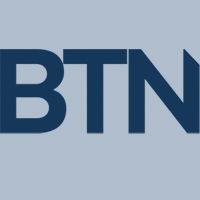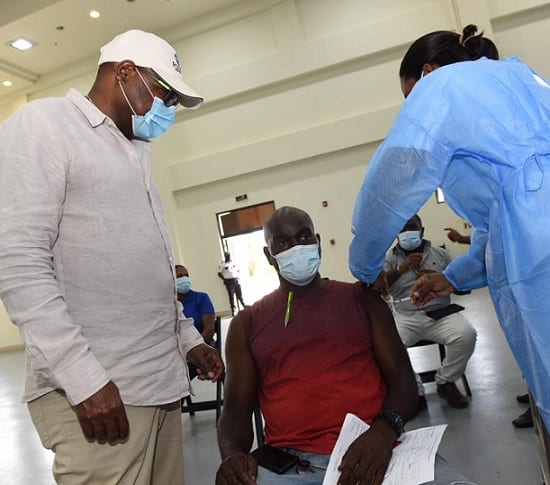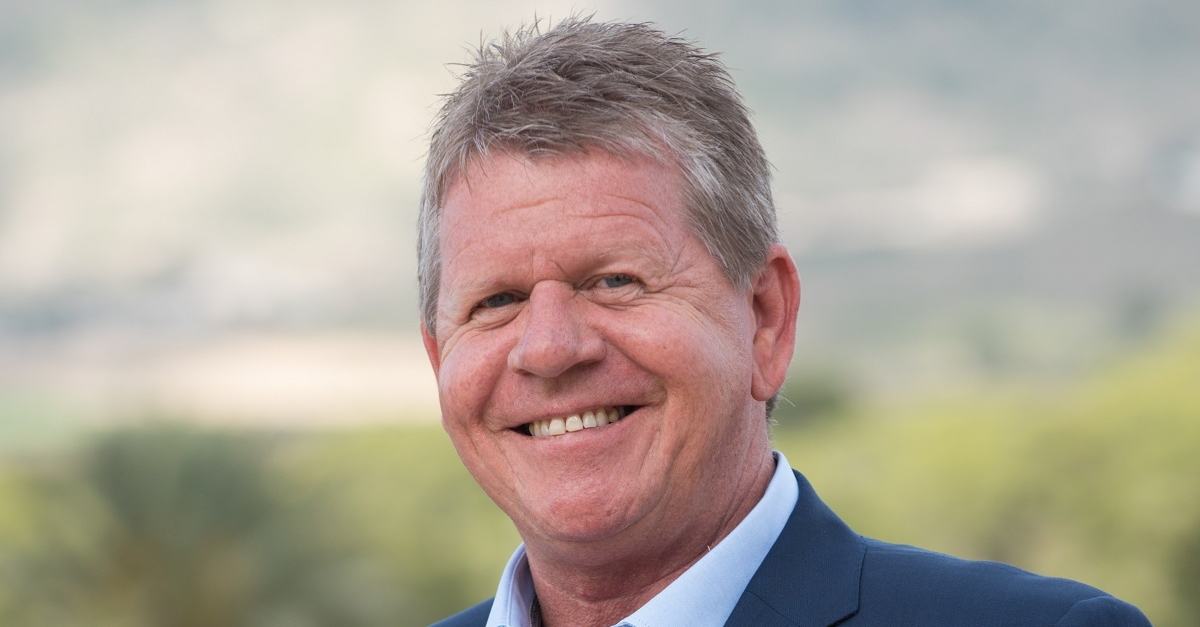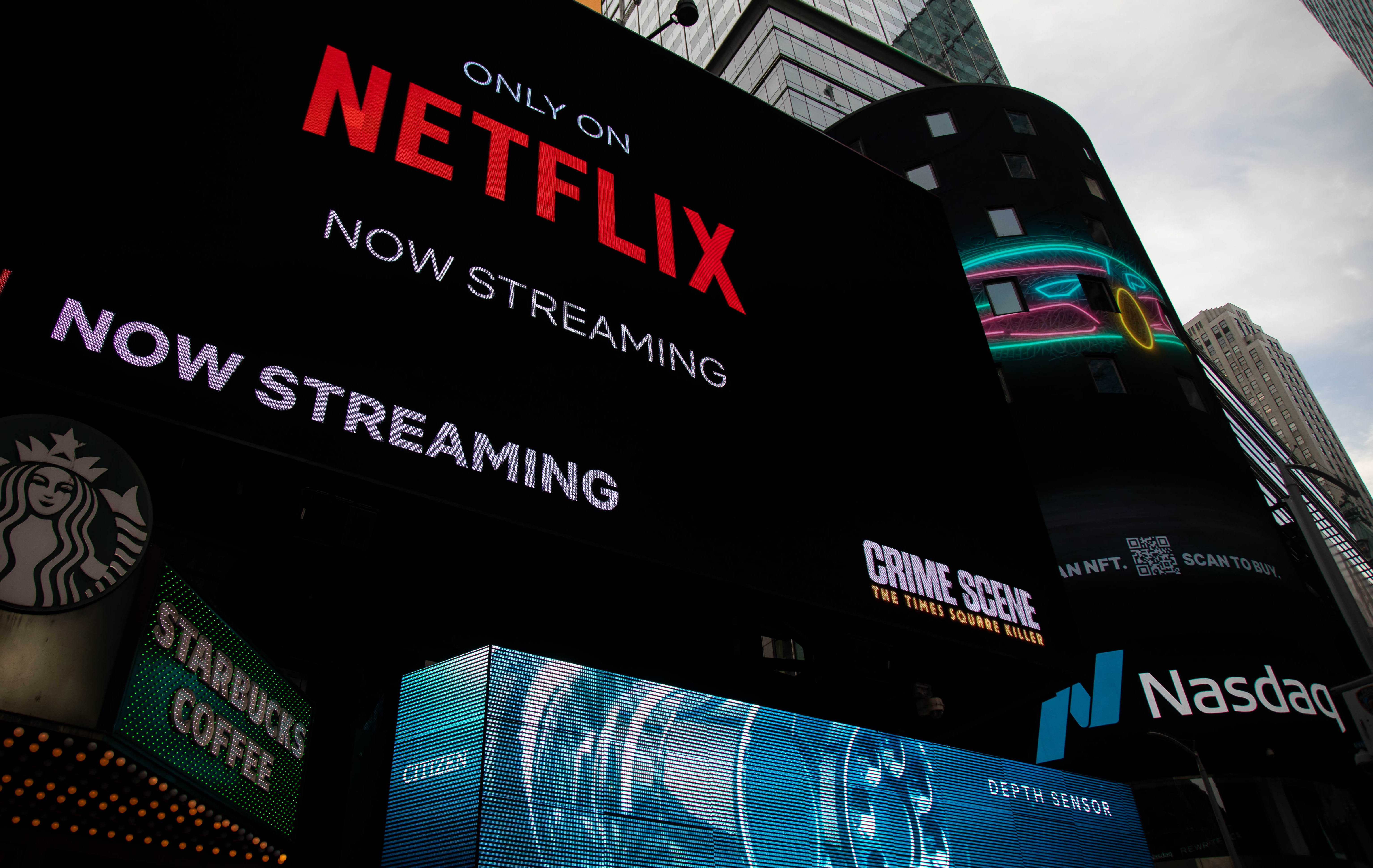United: New Work Patterns Help Offset Lagging Corp. Revenue
Despite macroeconomic headwinds and “overall pessimism facing the global economy,” United Airlines believes three industry tailwinds are helping the company and will continue to do so in 2023, United CEO Scott Kirby said during a Wednesday earnings call.

Despite macroeconomic headwinds and “overall pessimism facing the global economy,” United Airlines believes three industry tailwinds are helping the company and will continue to do so in 2023, United CEO Scott Kirby said during a Wednesday earnings call.
Kirby first cited, in increasing order of importance, that the aviation industry still is in recovery mode from the pandemic and business travel is “almost certainly going higher from here.” Second, he noted there has been a “permanent structural change” in leisure demand because of the flexibility that hybrid work allows. Finally, the strong demand environment is happening against a “supply backdrop” that currently has the industry at 10 percent to 15 percent smaller relative to gross domestic product than it was in 2019, Kirby said, amid multiple constraints. Those include pilot shortages, aircraft delivery shortages, air traffic control saturation and airport infrastructure constraints “that will take years to fully resolve,” he said.
The carrier’s third-quarter corporate travel recovery was about 80 percent of 2019 volume and “stable” over the quarter, United EVP and chief commercial officer Andrew Nocella said, adding that larger corporates “clearly lagged” the recovery rate. In addition, business traffic in key coastal gateways in New York and San Francisco on average still trailed that of interior hubs.
However, Nocella echoed Kirby’s sentiment that new network patterns and hybrid work environments are having “positive and offsetting impacts on revenue.” While the company remains optimistic that business traffic will continue to get better, “our traditional view on business traffic recovery rates relative to 2019 may now be an obsolete measurement,” he said, reiterating the remote work environment and the frequency with which business and leisure trips are combined.
None of the United executives on the call indicated how business traffic should be measured in the future. Nocella said that for the fourth-quarter business segment, “we’re not expecting a significant recovery on the traditional way we measured it. So, we’ll be agile on that as we go forward from this at this point.”
Q3 Metrics and Guidance
For the quarter that ended Sept. 30, United reported total operating revenue of $12.88 billion, with passenger revenue at $11.65 billion. Each was up compared with the third quarter of 2019 by 13.2 percent and 11.2 percent, respectively. Net income was $942 million, nearly double the $473 million reported a year ago, but down from the $1.02 billion reported three years ago.
September's total revenue per seat mile was the third best of any month in company history, and October's figure is “on track to date to quickly replace September as our third best TRASM month ever, excluding the low-flying pandemic funds,” Nocella said.
Third-quarter capacity was down 9.8 percent compared with Q3 2019. United estimates it will be down 9 percent 10 percent in the fourth quarter and down about 13 percent for the full year. Fourth-quarter TRASM is estimated to be up compared with 2019 by 24 percent to 25 percent.
Third-quarter fuel prices were $3.81 per gallon. Fuel guidance for the fourth quarter is $3.61 per gallon.
During the quarter, United announced plans for a new request-for-proposals platform for corporate clients, as well as a partnership with Emirates and the imminent launch of a Dubai route through Newark Liberty International Airport. The company also made a $10 million deposit for 100 electric aircraft from Archer Aviation and a $15 million investment in Eve Air Mobility, another developer of electric aircraft.

 AbJimroe
AbJimroe 
































